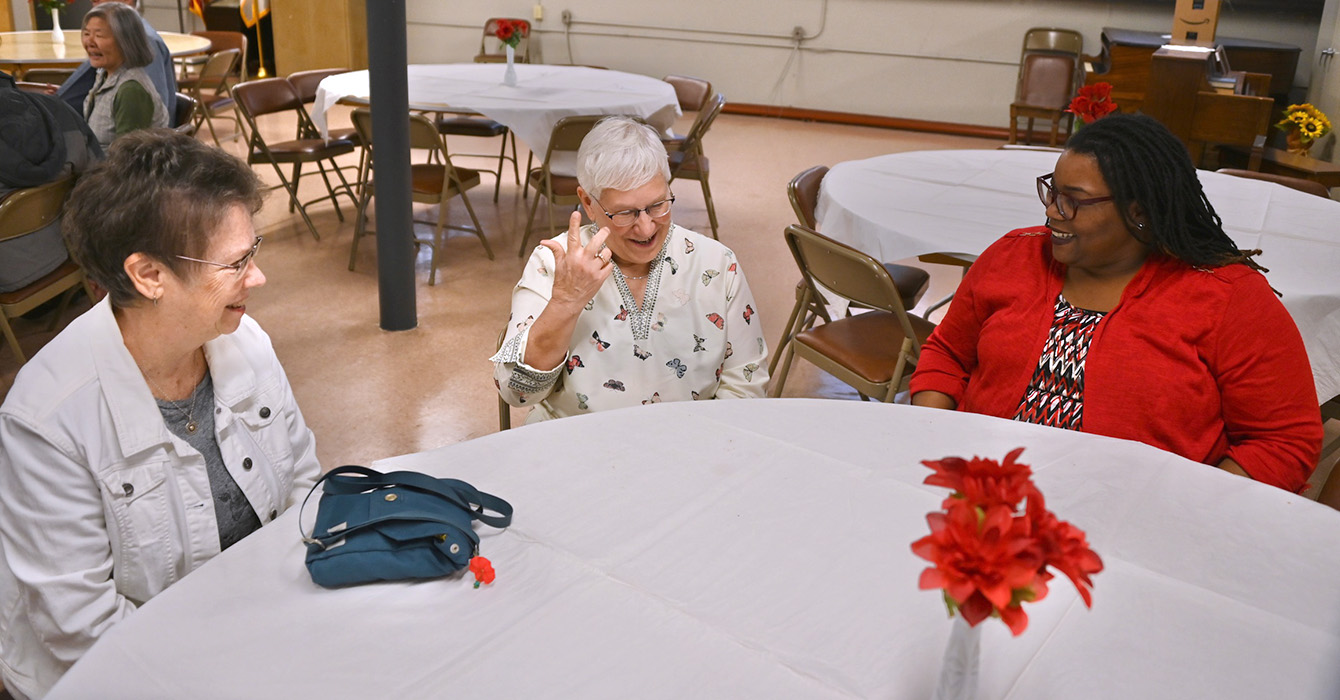A friend told me that Eugene Peterson’s “Under the Unpredictable Plant” should be required reading for every pastor who has served for at least five years. That was how long it had been since my ordination. I picked up a copy.
Peterson claims that there are two common types of unhealthy clergy. The first is the messiah. Messiahs seek out wounded, broken people, to make them healthy again. It is a noble task, except for its motivation: messiahs need to feel needed. They consider healed people to be numbers, accumulated to suggest pastoral effectiveness.
Then there are managers, who seek not the unhealthy but the healthy: talented, faithful, and prepared people. Managers plug them in, finding the right places for them to serve in an ever-expanding congregational machine. The bigger the church gets, the better managers feel effective and useful. Once again, people become numbers.
I have both messianic and managerial tendencies. It is too easy for congregants to become statistics, which I can use to inflate my sense of clergy effectiveness.
That realization prompted me to search for a new pastoral identity, one that treated people more personally. I found one at the Louvre.
Rather than being my church’s messiah or your manager, I see myself as its docent.
Clergy showcase to the world the architecture and artistry of the Christian faith. We are tour guides, leading people from one gallery to another, shifting their attention from one work of God to the next. At times, we offer language to describe the unutterable: magnificence, awe, anguish. We are wordsmiths for life’s most muted moments.
Sometimes that moment demands explanation, and like a docent we offer information. We love when someone looks at a familiar passage of scripture in a fresh way, or unpacks some mystery of God in their life that transforms. Those are galleries that buzz with energy.
But other rooms we visit demand nothing but silence. We pause, speechless, when confronted by the mysteries of our liturgy: the breaking of bread, the lifting of a cup, the pouring of water. And there are times when our silence emerges from the ache and anguish of souls: the graveside of a loved one, a doctor’s diagnosis, or a future swirling with shadows. Our job in these moments may not be to speak but to stand. To let people know they are not alone in this gallery, and that someone has been there before.
We also know that our tours are temporary. It is a holy privilege to serve as pastor temporarily. Contemporary mobility ensures that our relationship is only for a season, so we cherish this time together.
This leads me to best thing about this metaphor: the docent never steals attention from the artist. I can tell you about some amazing works I’ve seen: the Venus de Milo, the Mona Lisa, the Code of Hammurabi, and The Thinker. But I can’t for the life of me remember the name of a single docent that explained them to me. That’s the way it should be.
Too many churches are served by pastors focused on their own celebrity. Congregations might swell in numbers as they gravitate toward these larger-than-life preachers and their personal charisma. Such a model is blasphemous and unbiblical. Pastoral docents merely point to the Artist, rather than becoming the art itself. We must decrease so that God might increase.
The docent image isn’t perfect. Churches aren’t museums -- mere mausoleums of entities long deceased. People are drawn to churches that are committed movements, not to monuments.
Nevertheless, the idea of serving as docent energizes me and grounds me in my calling. I am neither messiah nor manager, and parishioners are much more than statistics. Together, we journey in awe through the splendor and artistry of the work of God in our lives and throughout the world.
Magrey deVega is pastor of St. Paul’s United Methodist Church in Cherokee, Iowa.







